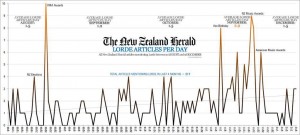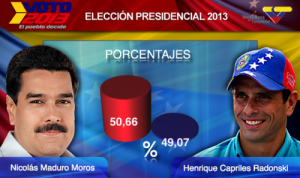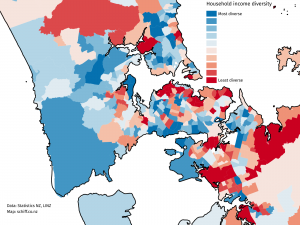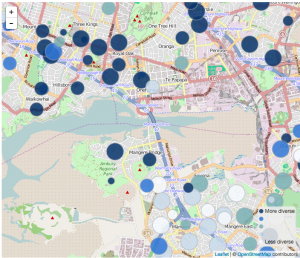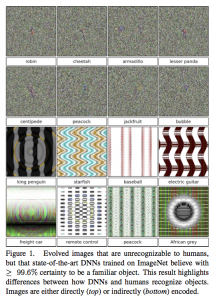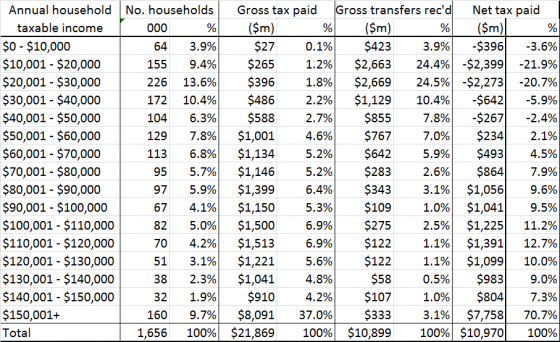Q: Did you see that pregnant women are supposed to stop wearing lipstick now?
A: <sigh>
Q: But didn’t the study find lipstick lowered kids IQ?
A: What study?
Q: Um. This one that was “undertaken in the United States”
A: The United States is a big place. They’re probably doing several studies. Can you be more precise?
Q: <looks frantically for more info in the story> Um, no?
A: Perhaps you mean this paper, which is open access and easily linked.
Q: That looks right. What does it say about lipstick?
A: Nothing. The word “lipstick” doesn’t appear in the paper.
Q: You don’t need to be such a pedant. Do they call it “cosmetics” or “beauty products” or something?
A: Nope.
Q: Ok, so what is the paper about?
A: Mothers with higher exposure to some (but not others) of a class of chemicals called ‘phthlates’ had children with lower IQ scores.
Q: How much lower?
A: The average for the lowest 25% was about 7 points higher than the highest 25%.
Q: Is 7 points a lot?
A: It’s not trivial, but not huge. It’s the difference between the 60th and 40th percentile of IQ.
Q: How much uncertainty is there in that?
A: Good question. The lower limit is less than two points, the upper limit is nearly 12, but that’s assuming there wasn’t any cherry-picking in the analysis.
Q: Where does the research say phthlates come from?
A: “Exposures to phthalates are ubiquitous”. That is, they are everywhere.
Q: Not just in lipstick?
A: No.
Q: Mostly from lipstick?
A: No.
Q: If these pollutants are everywhere, could there be socioeconomic factors that affect exposure? I mean, rich people usually don’t put up with as much pollution as poor people.
A: That’s been looked at, and phthlates are one of the pollutants with environmental justice concerns, though the evidence isn’t clear on whether there’s a general socioeconomic status correlation or just a correlation with minority ethnicity.
Q: So should we worry about phthlates?
A: I don’t know. It’s not clear. It might be a good idea to reduce phthlate use in industrial processes, but it depends on what the alternatives are.
Q: Should we worry about lipstick?
A: Probably not.
Q: Should we worry about newspaper headlines blaming mothers for their children’s problems?
A: You could do worse.
